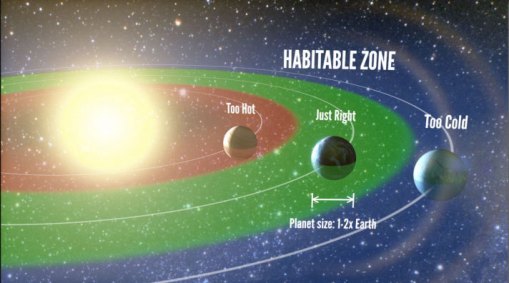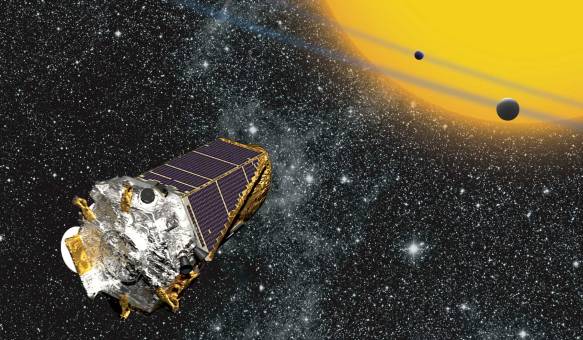

NASA has announced that astronomers working with the Kepler space telescope have verified 1,284 new planets – more than doubling the number of previously confirmed planets from Kepler. In fact, this new batch was the single largest group of new validated planets to date.
Astronomers used statistical analysis on a planet catalog of 4,302 potential planets gathered by the Kepler space telescope in July, 2015. Out of those candidates, astronomers found that 1,284 were more than 99 percent likely to meet the qualification of a “planet.”
This means that, upon further analysis, it may be found that a few of those newly confirmed planets may end up not being planets after all. Even so, it’s an excitingly large number of mostly, probably planets to be confirmed all at once.

Timeline of exoplanet discovery / Chart courtesy of NASA
With further analysis, even more planets may be confirmed from Kepler’s July 2015 planet catalog. NASA stated that there were 1,327 candidates that are “more likely than not to be actual planets,” but they didn’t meet the 99 percent threshold and require additional study.
The rest of the candidates in the 4,302 candidate batch are “more likely to be some other astrophysical phenomena” or were already verified as planets by other techniques.
Among the 1,284 confirmed planets, there are 550 that have the right size to potentially be rocky worlds like the Earth. Now this is where the results get pretty exciting. Nine of the new potentially rocky worlds orbit within their star’s “habitable zone” which is the zone in which a planet could have the right surface temperature to harbor liquid water – a necessary ingredient for life as we know it.

Habitable Zone, also known as the Goldilocks Zone / Illustration courtesy of NASA
With the addition of these nine special planets, we have 21 total confirmed exoplanets (planets outside of our solar system) that are likely to be rocky worlds and live in the habitable zone in their solar system.

Illustration of the Kepler space telescope / Image courtesy of NASA
The scientific community is particularly excited about this “habitable” category of exoplanets because they’re potentially the best locations to search for life. Before Kepler, which launched in March of 2009, astronomers didn’t know how common planets were in the universe, let alone Earth-like planets.
“Before the Kepler space telescope launched, we did not know whether exoplanets were rare or common in the galaxy. Thanks to Kepler and the research community, we now know there could be more planets than stars.” Paul Hertz, Astrophysics Division director at NASA Headquarters.
The discovery of new worlds in our universe is tied closely with the search for extraterrestrial life. Now that astronomers have confirmed that exoplanets are likely abundant throughout the universe, the potential for alien life seems even more probable.
With new space telescopes coming online in the next couple years, astronomers will have better tools and data to continue the search for habitable Earth-like planets and extraterrestrial life.
Kepler monitored 150,000 stars in a single batch of sky searching for Earth-size or smaller planets. One of the primary goals of the Kepler mission was simply to determine how common it was for stars to have rocky planets like the Earth orbiting them.
NASA’s next big exoplanet-hunting telescope, the Transiting Exoplanet Survey Satellite which is scheduled to launch in 2018, will build on knowledge gained from Kepler and search for Earth-like planets around 200,000 stars that are even closer to Earth.
And later that same year, when the James Webb Space Telescope is launched, astronomers will be able to study the atmospheres of habitable exoplanets and search for chemical signatures that indicate that life may be living on the surface.
Within a few years, the scientific community has gone from postulating about the frequency of planets in the universe, to putting the technology and plans in place to search for life on confirmed Earth-like worlds.
While there’s much more work to be done to truly understand these new planets, it’s an exciting time to study the universe, especially for astronomers, planetary scientists and those hoping to answer the question, “Are we alone?”

